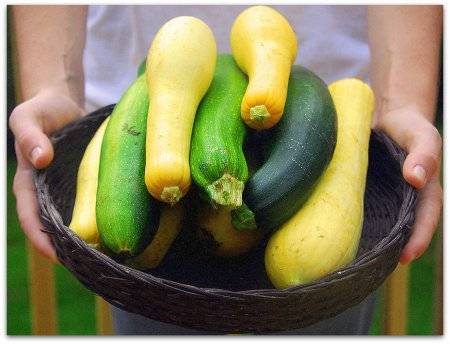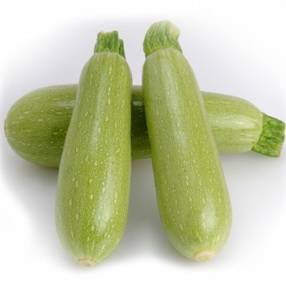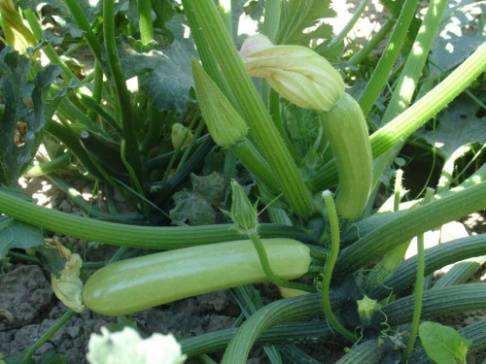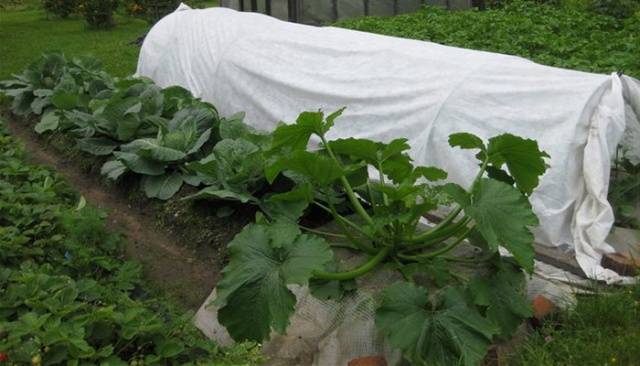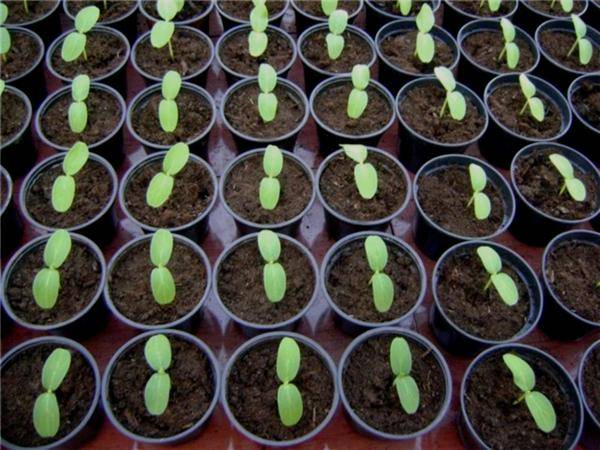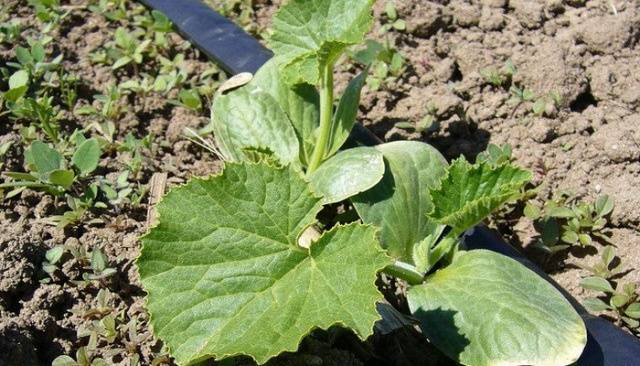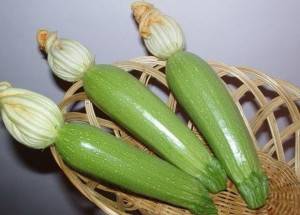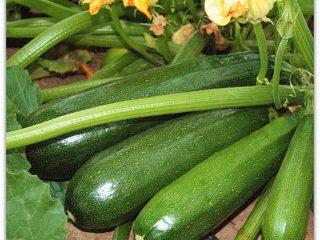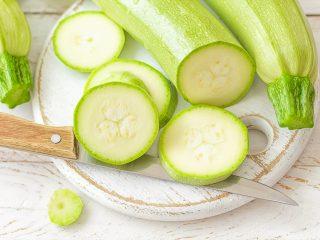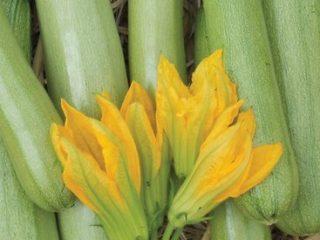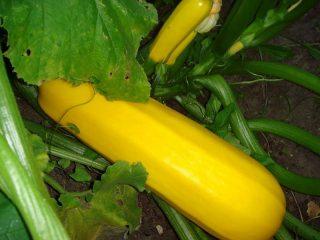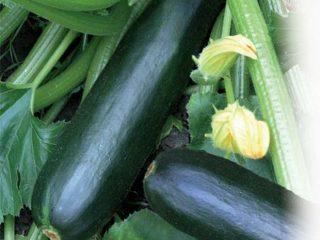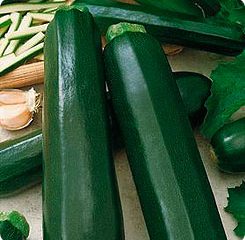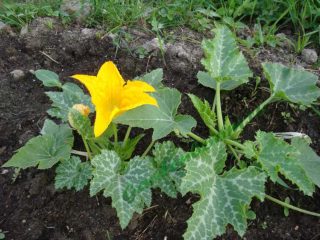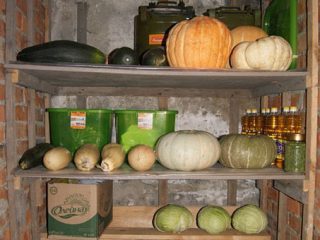Content
Zucchini is one of the most popular vegetables in our gardens. It will not compete with potatoes, cucumbers, and tomatoes in terms of planting volumes and demand. But his popularity is no less than theirs. This subspecies of the pumpkin genus, due to its low calorie content and dietary qualities, does not bypass any vegetable garden.
The number of different varieties allows you to choose exactly the variety that fully meets the conditions of its cultivation and the tastes of the vegetable grower. These varieties differ from each other in terms of growing season, yield, exotic forms and storage duration. All varieties have good taste after proper culinary processing. Moreover, some of them can be eaten in salads straight from the garden.
Variety “Aral f1” – modesty and dignity
When choosing zucchini seeds, each gardener focuses on those qualities of the selected variety that reflect not only its consumer qualities, but also the possibilities of effective cultivation. If a zucchini variety is characterized by a short growing season, disease resistance and unpretentiousness in agricultural technology, then it will certainly attract attention. The “Aral f1” zucchini also belongs to these varieties.
There is not a single advantage of this variety of zucchini that would distinguish it from other plants of this subspecies of pumpkins.But, according to reviews from expert gardeners, it is the simultaneous combination of all the positive features that gives it the right to have the title of one of the best varieties of early ripening zucchini. And he bears this title with dignity:
- Fruiting begins 5 weeks after sowing;
- the variety is resistant to most viral diseases, including root rot and mold. This guarantees long-term productivity of the variety;
- with proper agricultural technology, zucchini yield reaches 10 kg/m2, which is higher than that of the popular varieties of zucchini - “Gribovsky 37” and “Gorny”;
- the variety is stress-resistant to agrotechnical adversities;
- the optimal size of zucchini is 160 - 200 mm, the diameter of each specimen is at least 60 mm and the weight is about 500 g;
- The zucchini pulp is dense with a characteristic tenderness for this variety;
- According to experts, the taste of zucchini is beyond any praise;
- Zucchini should be collected at least 2 times a week. Rare harvesting of ripened zucchini reduces plant productivity;
- The shelf life of the fruit is at least 4 months.
Grow zucchini without loss
It is possible to plan the first planting of Aral f1 zucchini only when the earth has already warmed up to 120 — 140 at a depth of at least 100 mm. By this time there should no longer be any fear of return frosts. Otherwise, covering material or small greenhouses should be prepared. Since zucchini seedlings can be transplanted to a permanent place at the age of 30 days, it will not be difficult to calculate the approximate time for sowing the seeds.
Almost all gardeners practice 2 different options for growing zucchini:
- method of direct planting of seeds in a previously prepared bed or flower bed. This method will not allow you to get early zucchini, but it will also be less hassle. There is no need to grow seedlings in a city apartment. Sowing prepared and treated zucchini seeds is carried out in the last ten days of May or early June. By this time, the earth should warm up well and the first shoots will not take long to appear. At the beginning of July you can expect the first zucchini.
- using seedlings, zucchini will be available much earlier. Zucchini seeds sown for seedlings back in April will be ready for transplanting to a permanent location by the end of May. After 15 days, the plants can bloom and soon begin to bear fruit. If there is no danger of frost from the end of May, then the first harvest of zucchini of the Aral f1 variety can be obtained by mid-June.
He loves light and will not refuse sufficient warmth. If you want to get the maximum yield for this variety earlier, then you need to plant “Aral f1” on the south side of the garden or flower bed.
As is the departure, so is the arrival.
It doesn't matter which landing option was chosen. Maybe even both at once. The main thing is not to leave the planted zucchini to the mercy of fate.
Even though they are from Mexico, they will not refuse Russian hospitality. And they will do it with great pleasure:
- First of all, after the emergence of seedlings, they require regular watering, weeding and loosening. You should not water immediately at the root, but after retreating about 200 mm from it. Each plant requires a bucket of water per week. The water temperature must be at least 200, otherwise root rot cannot be avoided;
- when the 5th leaf appears, the zucchini must be hilled for additional root formation;
- at the beginning of flowering, this variety will gratefully respond to fertilizing with mineral fertilizers;
- when the fruiting period begins, it should be fed with phosphorus and potassium compounds. But fertilizers containing chlorine should be avoided;
- if leaves grow excessively, some of them should be removed;
- for better pollination by insects, it is a good idea to spray the plants of this variety with a solution of boric acid and sugar. Especially when growing them in a greenhouse.
Reviews
According to the reviews of the majority of gardening experts and ordinary amateur farmers, “Aral f1” is the best variety of zucchini to date in terms of the complex ratio of characteristics.
Conclusion
There are varieties that are more productive, others that are larger-fruited and even more disease-resistant. But all this is separate. If we take all the characteristics as a whole, “Aral f1” is one of a kind.
